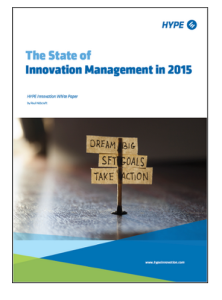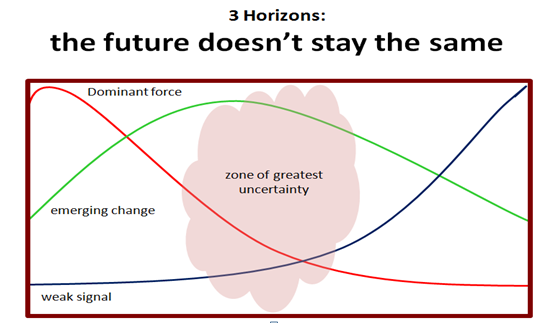 As we come closer to the year-end it’s good to look back, and make some dedicated time to take ‘stock’, in this case, on innovation’s progress.
As we come closer to the year-end it’s good to look back, and make some dedicated time to take ‘stock’, in this case, on innovation’s progress.
In a just-released “The State of Innovation Management in 2015” that I have authored and kindly provided by HYPE for free, I believe you will find something of interest that you missed during a busy year, coming to a close.
I certainly hope you will find time to go through it.
.
http://i.hypeinnovation.com/the-state-of-innovation-2015-report
The Surge of innovation reports in 2015
Continue reading “The State of Innovation Management in 2015 Just Released”

